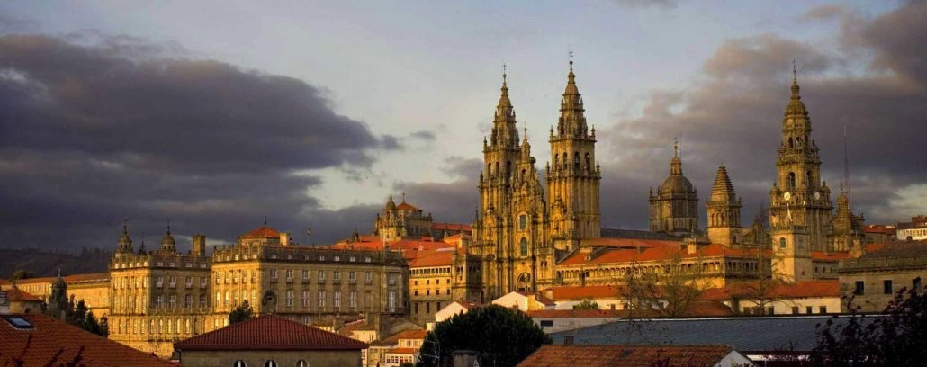Speaker
Description
The advanced R³B setup at GSI allows to investigate proton-induced-quasi-free one-nucleon knockout reactions of exotic nuclei in inverse kinematics. This technique gives direct access to the momentum distributions of the scattered off protons in the nucleus before as well as the recoil momentum of the remaining spectator nucleus. In addition to the correlated gamma spectrum it is a powerful tool to unveil individual states populated in the reaction.
The CALIFA calorimeter, with its 2528 CsI scintillation crystals in its final design, is a key detector in quasi-free-scattering experiments at R³B. Covering the full azimuthal range and having a polar angular acceptance from 22° up to 89° in the target region already now it allows to detect both the two coincident protons from the quasi-free-scattering process and emitted γ-rays from de-excitation of the remaining nucleus with high angular resolution and precise Doppler correction.
For the heavy residues unique particle identification was performed with multi-sampling ionization chambers and a high resolution tracking system before and after the GLAD magnet, resulting in a relative mass resolution of less than 0.5 percent.
We present first results from the S444 experiment performed in the FAIR Phase-0 campaign in February 2020 with relativistic 12C beams at various energies and CH2 targets focusing on the angular correlations of the quasi-free-scattered protons, the nucleons initial momentum reconstruction and the associated gamma ray spectra.
Results presented here are based on the experiment S444, which was performed at the R3B Experiment at the GSI Helmholtzzentrum für Schwerionenforschung, Darmstadt (Germany) in the context of FAIR-Phase-0.
Funded by the Deutsche Forschungsgemeinschaft (DFG, German Research Foundation) under Germany’s Excellence Strategy EXC-2094-390783311
and
Bundesministerium für Bildung und Forschung,BMBF-05P19WOFN1 – 05P21WOFN1.
| Topic | Experiment |
|---|

